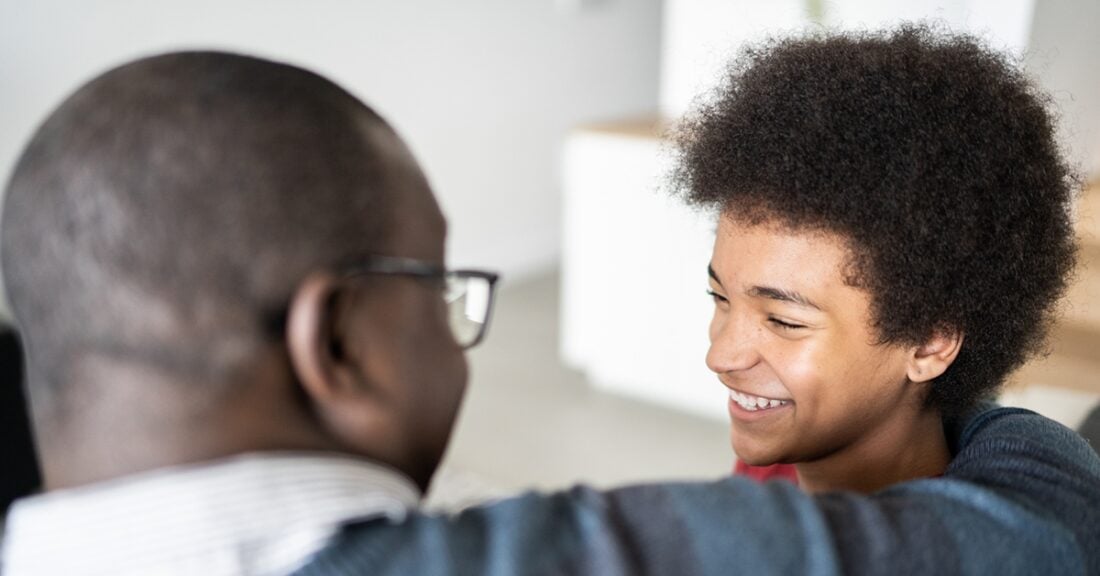What Is the JDAI Network?
 Nate Balis
Nate Balis

JDAI® is a national network of reformers and juvenile justice professionals working to build better and more equitable local youth justice systems. When JDAI began nearly 30 years ago, the acronym stood for the Annie E. Casey Foundation’s Juvenile Detention Alternatives Initiative®. It still does, but, to me, the letters J‑D-A‑I have come to stand for more — defining Casey’s broader aspirations for juvenile justice:
- Just – committed to equity among youth of all races and ethnicities and fairness for girls and LGBTQ youth.
- Developmentally appropriate – based on approaches that help youth feel safe, develop a positive sense of themselves, learn and mature.
- Accountable – responsible for pursuing best practices, including continuous improvement and transparency to the public about what and how it’s doing.
- Inclusive – connected with family members and community partners in encouraging youths’ positive behavior change, personal growth and long-term success.
Pursuing Youth Well-being and Long-term Success
The pursuit of these values, along with JDAI’s core strategies, anchor the JDAI network as its work evolves. What started out as a movement against something — the unnecessary detention of youth — has become one standing for youth well-being and success. It stands for a future where all young people can realize their potential, even when they make mistakes.
Second and third generations of juvenile justice professionals and advocates are building on the legacy of JDAI’s pioneers. They are keeping detention reform at the heart of the work as they extend JDAI’s core strategies into other areas.
For instance, jurisdictions are safely and significantly reducing all forms of out-of-home placement, especially for youth of color. They are using strategies that counterbalance the legacy of racial inequities and the policies and practices that created them, including the overrepresentation of Black, Latino and Indigenous youth in our legal system.
Applying core JDAI principles — such as effective collaboration and data-driven decision-making — jurisdictions are broadening reform goals, such as expanding the use of diversion and transforming juvenile probation.
Jurisdictions are adapting to meet the moment, whether through heightened awareness of racial equity, developing and strengthening community partnerships or investing in youth leadership opportunities.
It takes a village — a village of youth, families and communities; legislators; advocates; law enforcement; faith-based, racial equity and philanthropic communities; schools; public agencies and more — to keep young people away from the formal juvenile justice system. And, when they encounter the system, that village must support them with opportunities and connections in their own communities based on relationships with consistent, caring adults.
Tapping the Strength of the JDAI Network
What is the JDAI network? The JDAI network today is youth-serving professionals doing whatever it takes to create, accelerate and sustain a youth justice system that is just, developmentally appropriate, accountable and inclusive.
Thanks to Casey’s JDAIconnect, a virtual destination for everyone interested in youth justice, the network is more connected than at any time in JDAI’s history. Members can log in for advice, camaraderie, peer support, inspiration, training and other resources.






